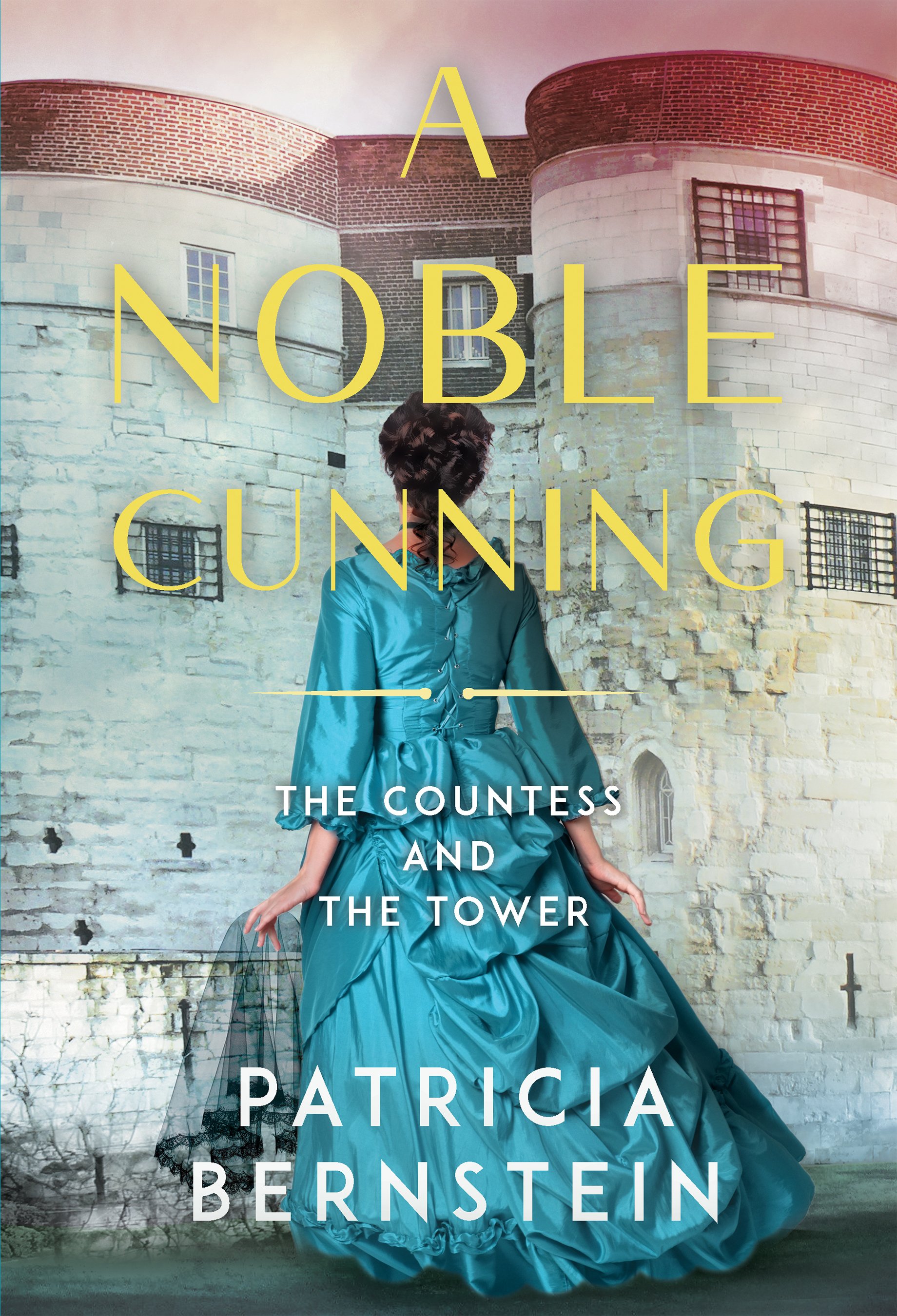Daring Escapes, Tragic Failures - Historic Attempts at Escape
In Patricia Bernstein’s upcoming novel, A Noble Cunning: The Countess and the Tower, Bethan Glentaggart, Countess of Clarencefield, a persecuted Catholic noblewoman, is determined to try every possible means of saving her husband’s life by helping him escape from the Tower of London the night before his scheduled execution. The novel is based on the heroism of Winifred Maxwell, Countess of Nithsdale, who’s husband, William Maxwell, was captured and imprisoned for taking part in the Jacobite rising of 1715. Few people have ever escaped from the Tower of London, but did Winifred, and therefore Bethan, succeed? You’ll have to read the novel to find out.
Here are a few other daring escapes throughout history…
Gruffydd ap Llywelyn - 1244
Gruffydd ap Llywelyn falls to his death while trying to escape the Tower of London.
Gruffydd ap Llywelyn was the son of Llywelyn ap Iorwerth (known as Llywelyn the Great), the King of Gwynedd in north Wales. Gruffydd believed he was the rightful heir to the throne, but in the last years of his father’s life, Gruffydd’s half-brother Dafydd stripped him of his territories and had him imprisoned. Upon the death of Llywelyn the Great in 1240, Gruffydd had been excluded from succession and Dafydd was declared to be heir to the kingdom. In 1241, Gruffydd was moved to The Tower of London where he remained imprisoned for three years. Then, on March 1, 1244, he made a fatal attempt at escape. It is said that Gruffydd made an improvised rope out of bedsheets and attempted to lower himself out the window. Rather than escape, Gruffydd fell to his death.
Empress Matilda - 1142
Empress Matilda was the daughter of King Henry I of England, and was his sole legitimate child after the death of his son Prince William. Following the death of her father there was a dispute over the English throne in which her cousin, Stephen of Blois, rapidly seized the throne in December 1135. This resulted in a period of civil war known at The Anarchy. In 1142, Stephen and his followers went on the offensive, taking areas previously held by Empress Matilda and eventually laying siege to Oxford Castle where Matilda resided. After a three-month long siege, Matilda and three of her knights dressed themselves in white camouflaging themselves against the snow and slipped past their besiegers in the dead of night. Matilda walked six-miles, crossing the frozen River Thames, and eventually arrived safely at the castle of Wallingford. The civil war, which might have ended that night, continued for another eleven years.
Empress Matilda, cloaked in white, escapes Oxford Castle while under siege from her cousin, Stephen of Blois.
Dr. Samuel Mudd - 1865
This engraving from Harper’s Weekly depicts Dr. Mudd’s real life escape attempt from Fort Jefferson, Dry Tortugas.
Dr. Samuel Mudd was convicted as a co-conspirator in the assassination of President Abraham Lincoln. While the depth of the conspiracy between Mudd and John Wilkes Booth, Lincoln’s assassinator, is not fully known, it is known that during Booth's escape, Mudd treated Booth’s fractured leg and then lied to authorities about where Booth may have gone. Mudd was convicted and sentenced to life in prison. To carry out his sentence he was sent to Fort Jefferson on the Dry Tortugas islands off the coast of Florida. Being that the prison was on an island, security was somewhat relaxed and Mudd believed he could escape on a supply boat. A few weeks before his attempted escape he wrote a letter to his wife, which he knew authorities would read, denouncing the idea of an escape. Then, on the morning of September 25, 1865, Mudd slipped on board the Thomas A. Scott and went below to the coal bunkers. There, he hid himself under a platform between two cross beams. Mudd, however, was quickly discovered and sent to the prison dungeon for the next three months.
John Gerard - 1597
John Gerard was a Jesuit Priest who operated a secret Catholic ministry which was illegal in England during the Elizabethan era. For eight years Gerard preached Catholicism while evading capture by dressing in secular disguises and hiding in priest holes. But, on April 23, 1594, he was captured and then eventually imprisoned in the Salt Tower at the Tower of London. While held there Gerard endured horrific torture methods but would not reveal information about his extensive Catholic networks. Over time, Gerard befriended his jailers who allowed him to enjoy oranges. It’s said that he used the orange juice to write secret notes that he sent outside of the prison. Then, during the night of October 4, 1597, Gerard, along with John Arden, escaped on a rope strung across the Tower moat. Gerard was never again captured and went on to continue his Jesuit preaching.





